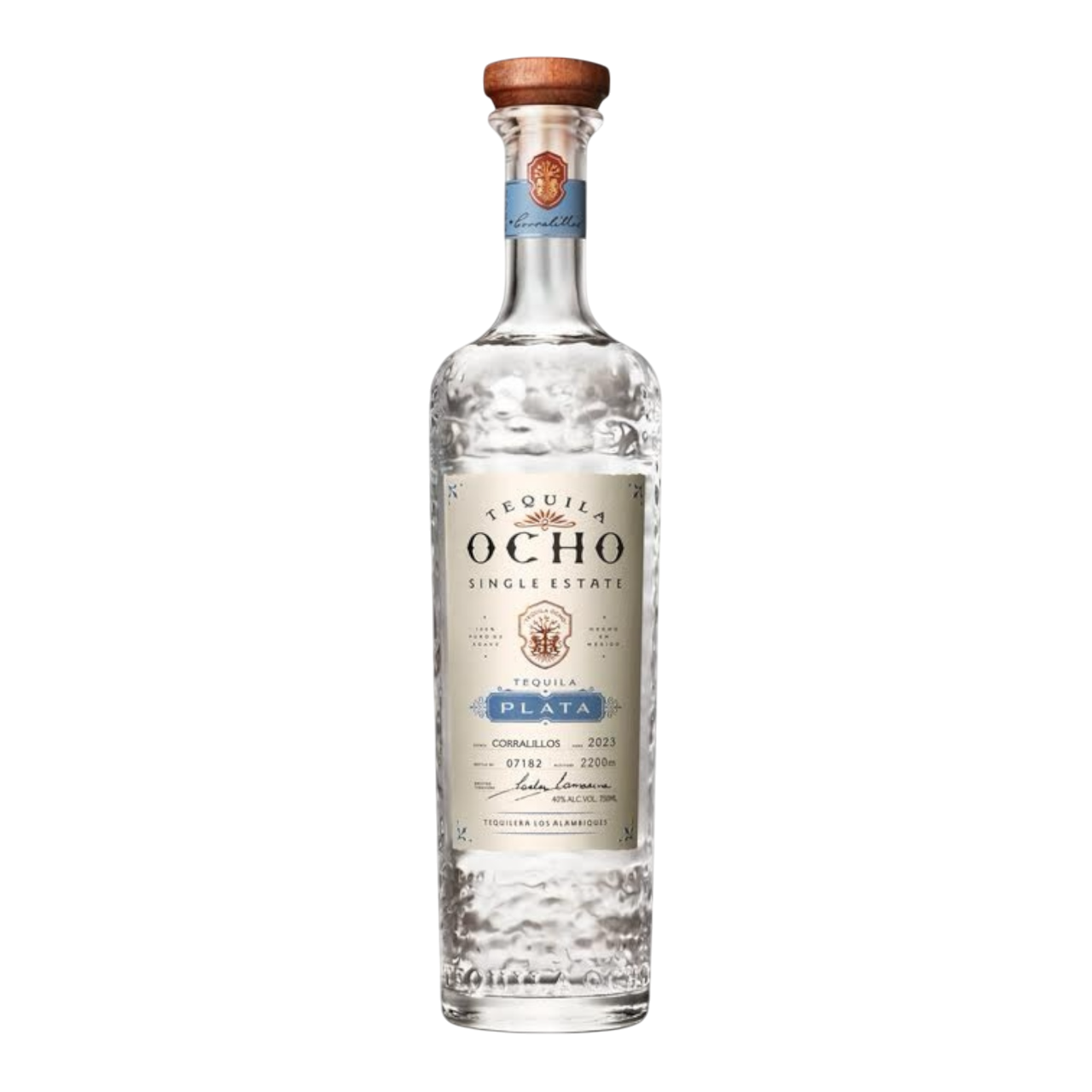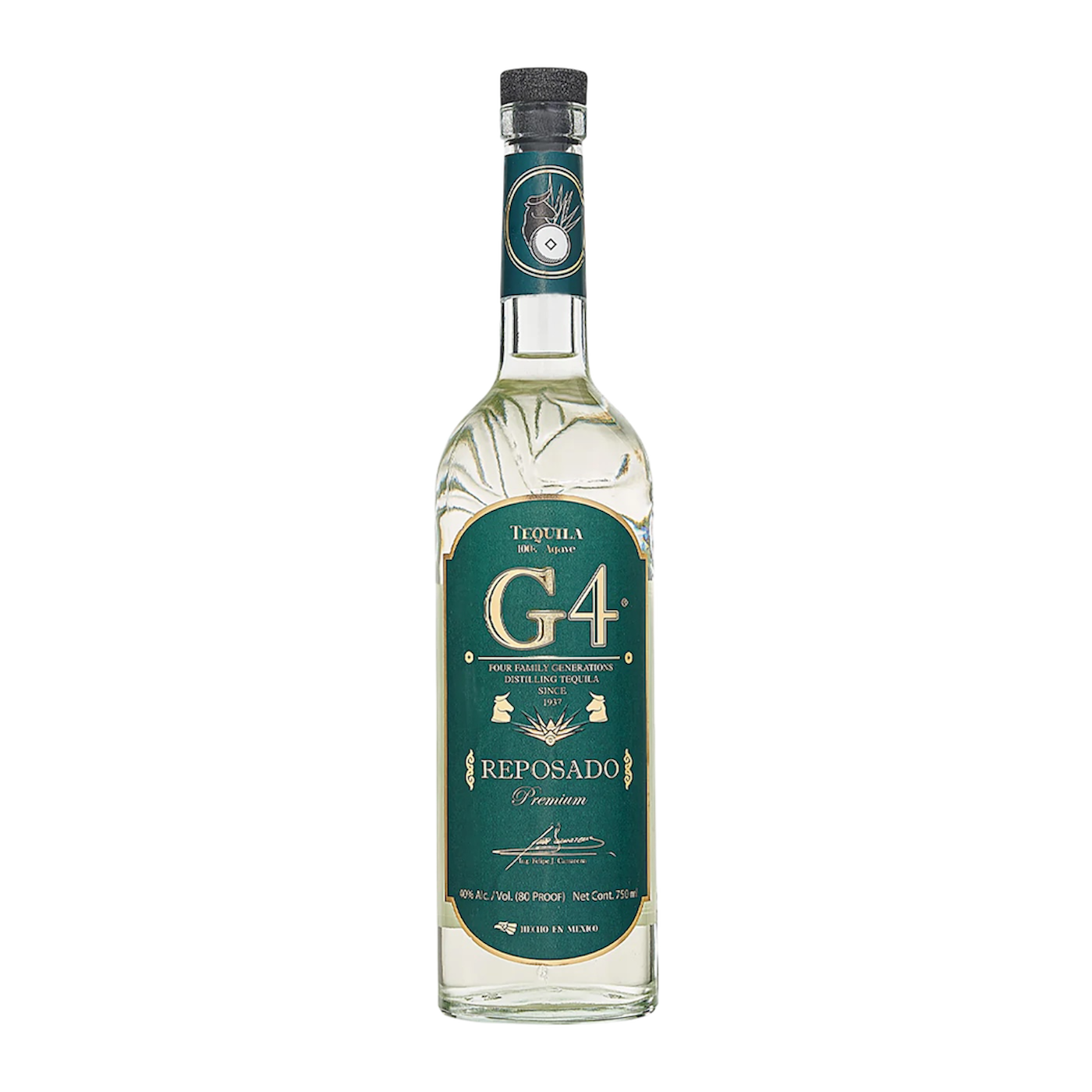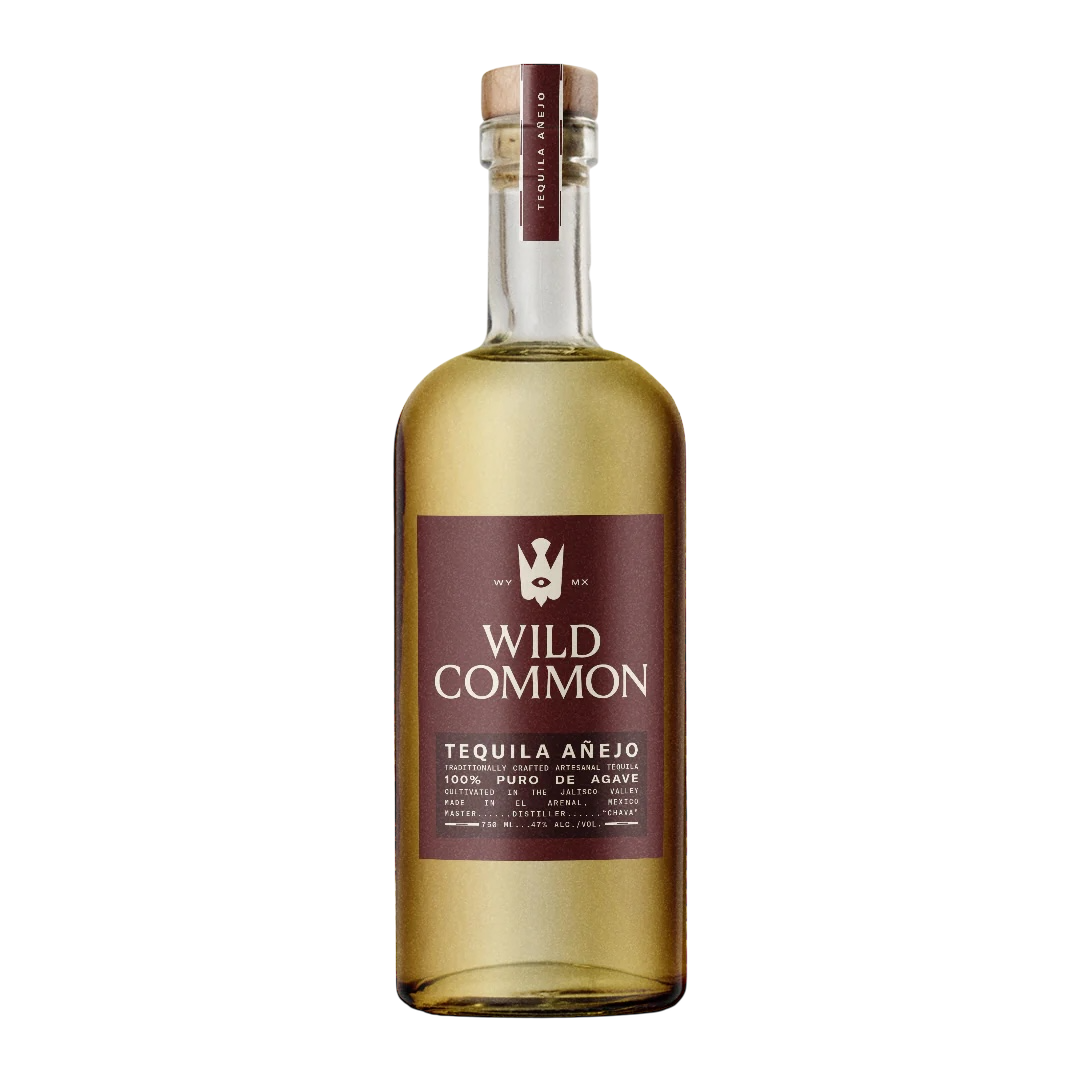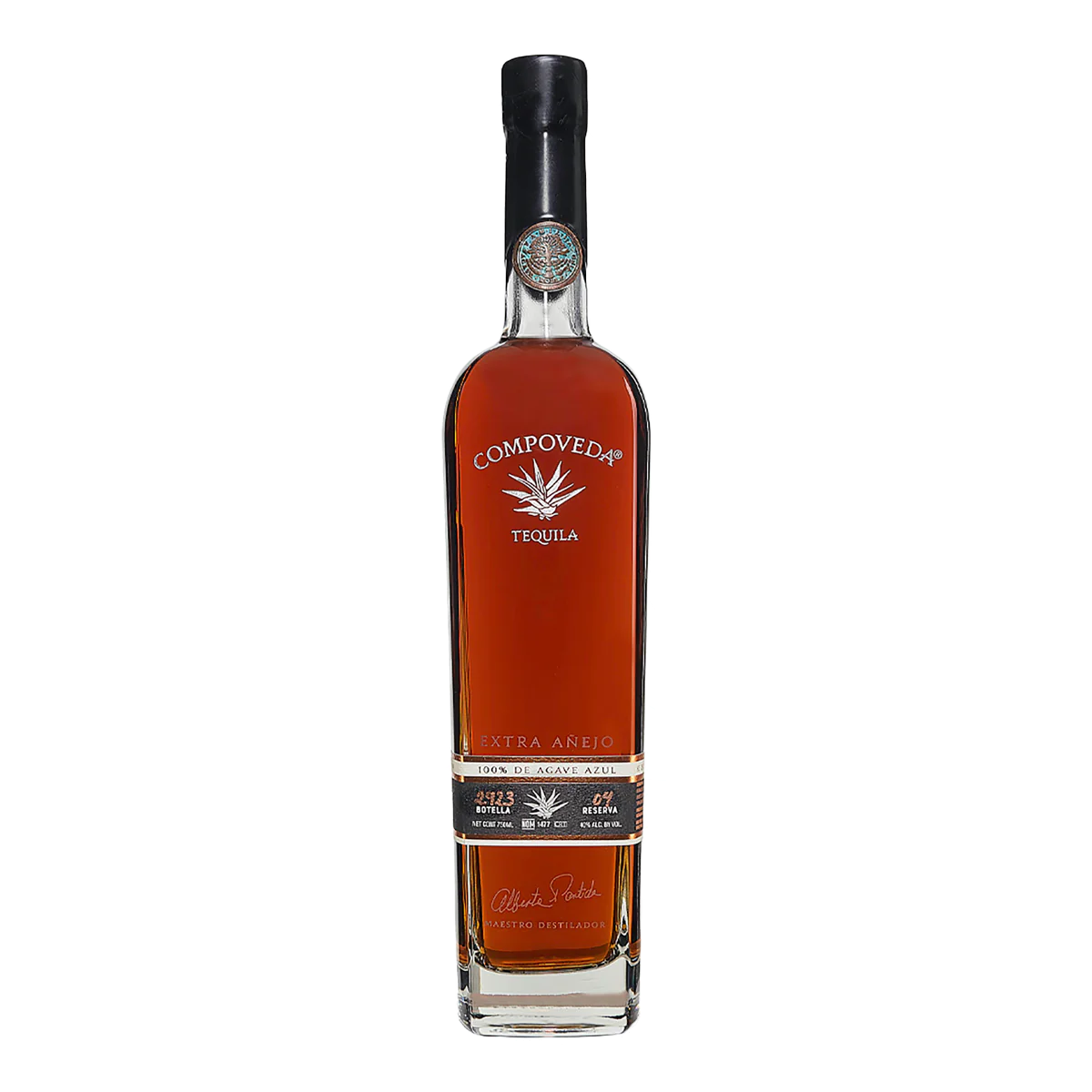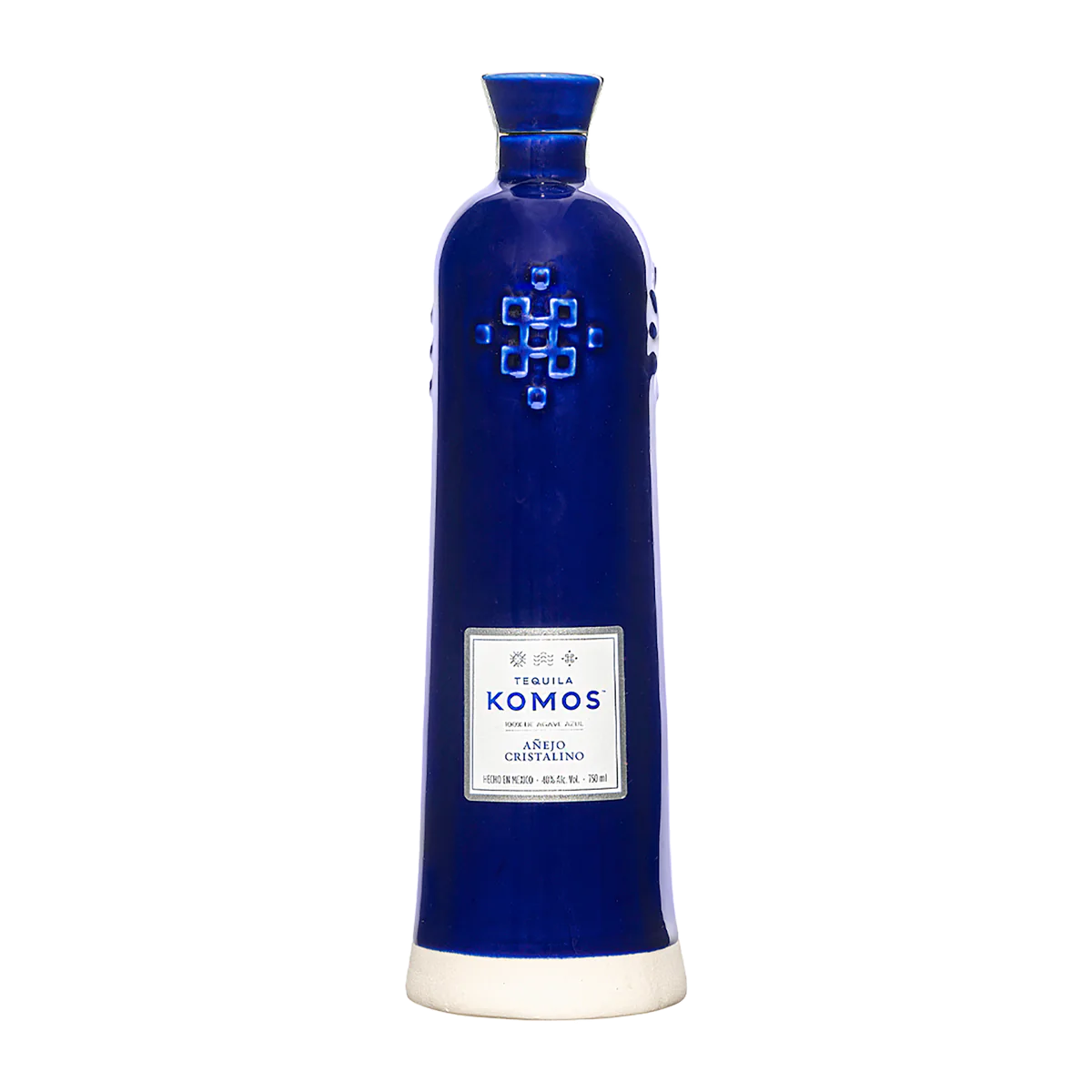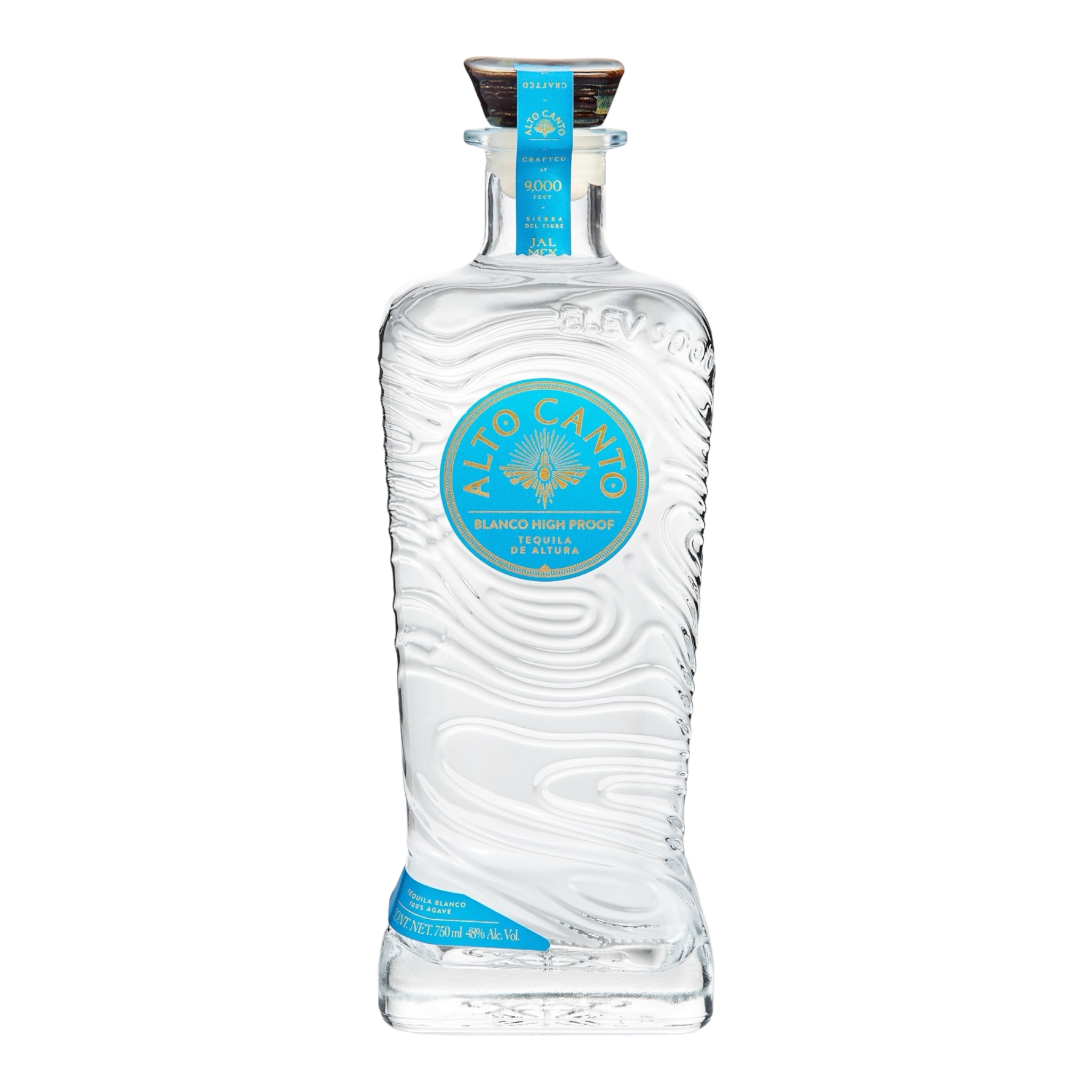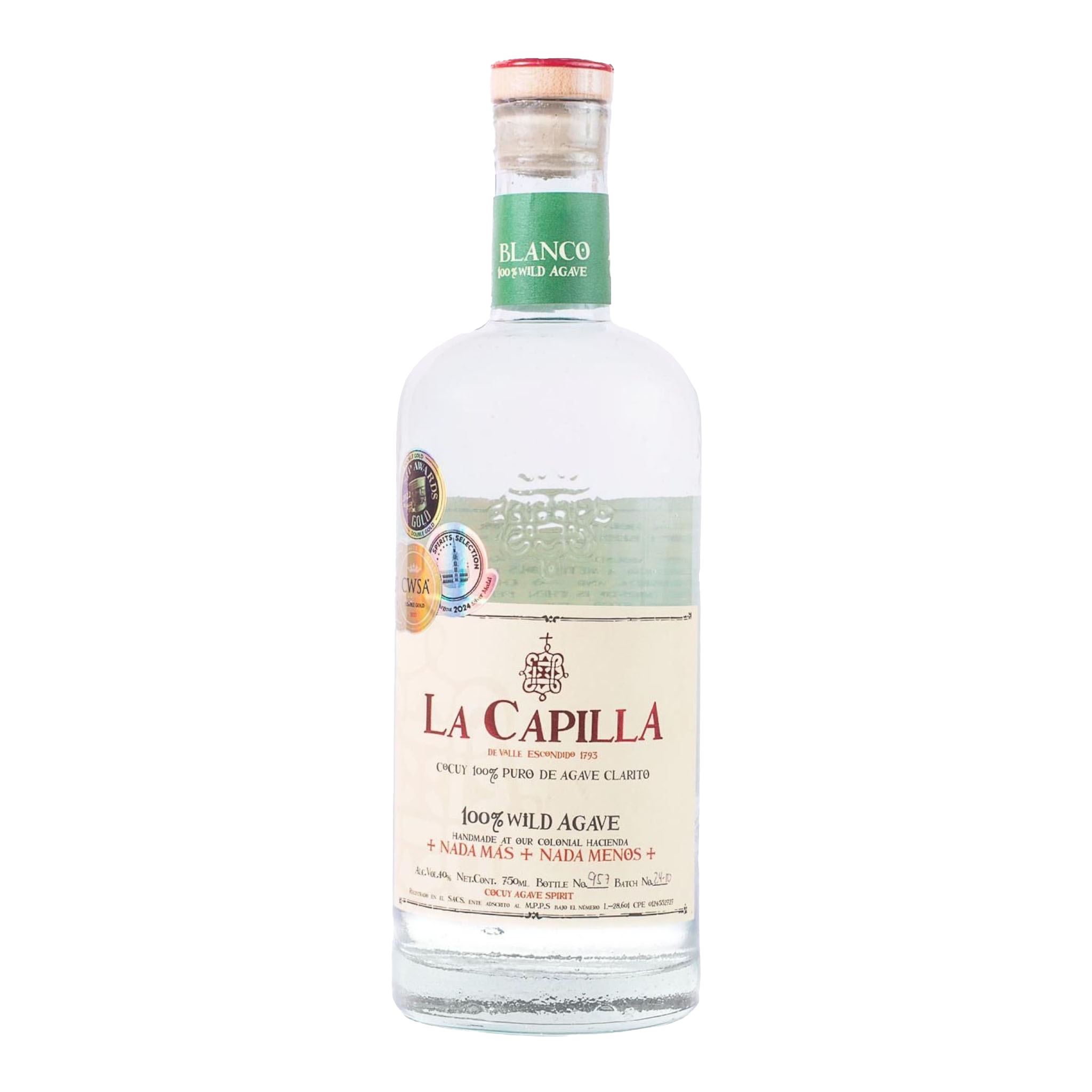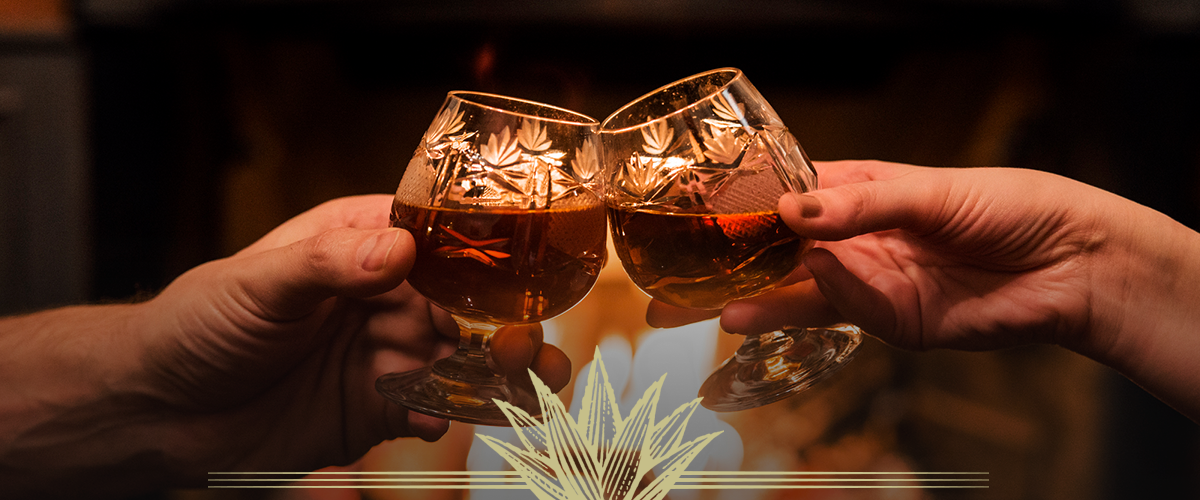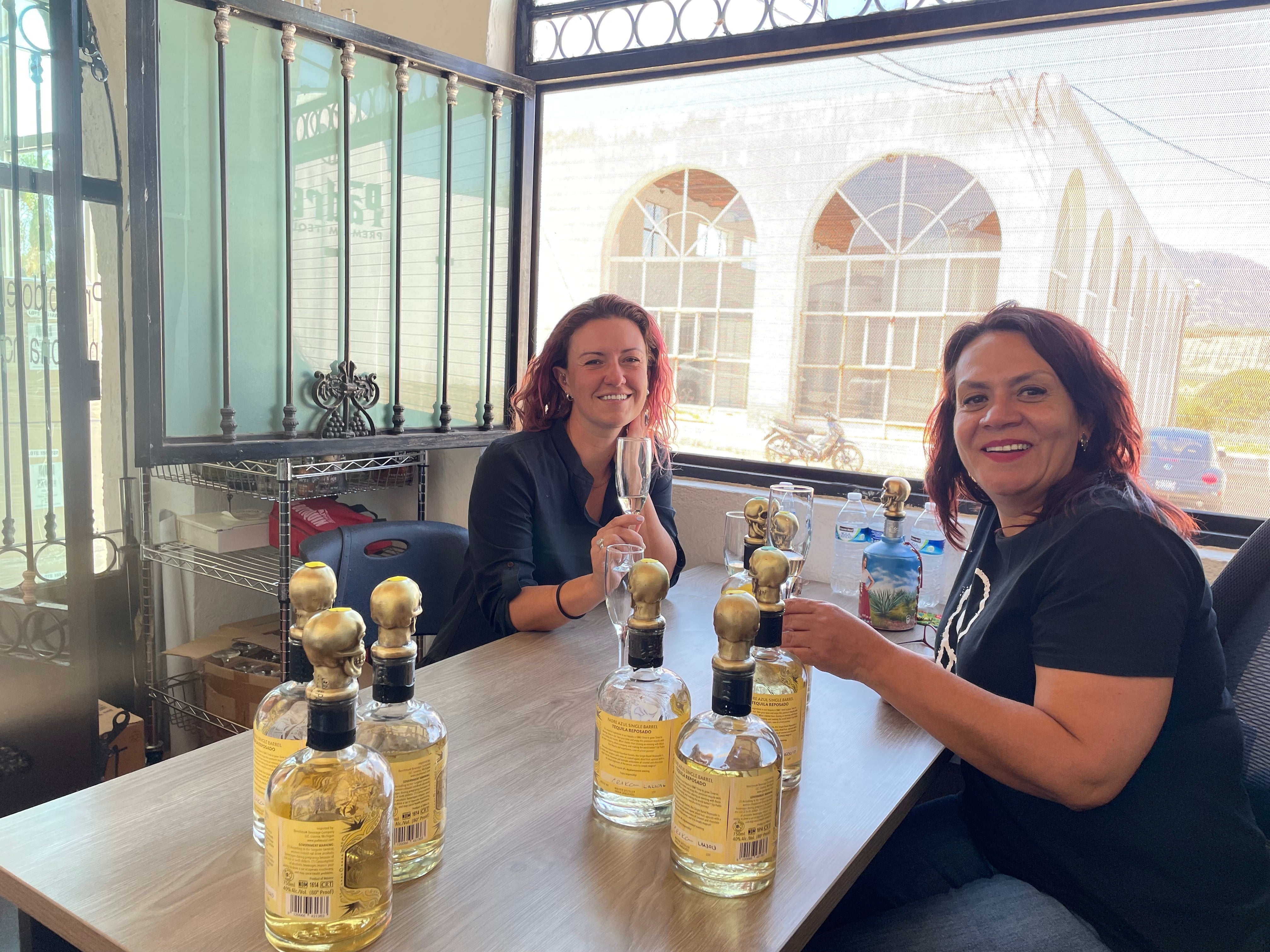Tequila is a complex and characterful spirit steeped in history and tradition. It's enjoyed worldwide, from Mexico's sandy beaches to new York City's swanky bars. The unique combination of flavors and aromas sets Tequila apart from other spirits.
We'll take a deep dive into the world of Tequila and explore the different Tequila flavors and aromas that make it so unique. Whether you're a Tequila enthusiast or just someone who enjoys a good margarita now and then, this guide will give you a greater appreciation for the complexity and diversity of Tequila. So sit back, pour yourself a glass of your favorite beverage, and let's explore the flavors and aromas of Tequila together!
Where Tequila Flavors and Aromas Come From
Authentic Tequila can only come from one place — the Jalisco region of Mexico. While all of the different types of Tequilas are made from the blue agave plant, the differences in flavors and aromas can be attributed to the various parts of the Tequila-making process:
- Agave plant: Let's start with the agave plant itself. There are over 200 agave plant varieties, but only blue agave — Agave tequilana — is used to make Tequila. Different varieties within the blue agave family can give Tequila a range of flavors, from earthy to floral.
- Harvesting: Agave plants are typically harvested after maturing for seven to 10 years. At this point, they have reached maturity and contain the highest sugar levels. Harvesting agave with a traditional sharp tool, coa, may be labor-intensive but ensures a sweet and complex flavor profile.
- Cooking: After the piñas, the heart of the agave plant, are extracted from the mature plant, they are cooked either in traditional stone-clay ovens or autoclaves. The method used can affect the flavor, but really it comes down to the use of steam and pressure in either process.
- Crushing: After the piñas are cooked, they are crushed to extract the juice. Naturally, the crushing method also affects the Tequila's flavor and aroma. The traditional way of crushing the piñas with a stone wheel produces a more rustic flavor. In contrast, mechanical shredders produce a more refined taste.
- Fermentation and distillation: Once the juice is extracted, it's fermented and then distilled. Aromas such as butter and yeast are produced by slow fermentation, whereas raw agave and citrus aromas are produced by speedier fermentation. The type of yeast used for fermentation can also affect the flavors and aromas of Tequila. Some distilleries use wild yeast, others use commercial yeast, and still others use yeast from champagne! Each different king of yeast results in a unique body, flavor profile, and aromas.
- Aging: Finally, the Tequila is aged and stored in barrels, affecting flavor and aroma. Tequila aged in oak barrels can take on flavors of vanilla and caramel, while Tequila aged in other types of wood, such as cherry or acacia, can have fruitier notes, or hints of oak.
Additionally, the water used during the Tequila-making process also affects the Tequila's aroma and flavors. Depending on the water source, and the mineral content, whether it is treated first, and so on, all impacts the final profile.
Tequila Flavors
Tequila is a complex spirit with a wide range of flavors. Here's a guide to some of the most popular flavors in Tequila, segmented into the different Tequila flavor profiles:
- Agave: This is the most prominent flavor in Tequila and is the result of the agave plant used to make the spirit. Agave is a hard flavor for most folks in the world to recognize because the only way to truly know what it tastes like, is to visit a Tequila distillery. Agave tastes a bit like caramelized sweet potatoes, honey, and bruleed bananas.
- Earthy: Tequila can have earthy flavors like mineral, clay and wet soil. These flavors can be influenced by the soil and weather conditions while the agave was growing.
- Floral: Some Tequilas have a floral flavor, most often notes of white flowers or orange blossoms, sometimes also jasmine and rose petals. This is more common in blanco and reposado Tequilas.
- Fruity: Some Tequilas have a fruity taste, with notes of pineapple, banana and even apricots or green apples. These again are more common in blanco and reposado Tequilas but sometimes barrel aging can impart notes of stewed fruits, cherries, and stone fruits. Tequila can also have citrus flavors such as lime, grapefruit and lemon. These flavors can be influenced by the type of agave used and the fermentation and distillation process. Learn all the fruity Tequila flavors there are.
- Herbal: Tequila can have herbal flavors such as mint, thyme and basil. These flavors can be influenced by the type of agave used, the type of fermentation, and the distillation process.
- Nutty: Tequila can have nutty flavors such as toasted almond, chestnut, and hazelnut. The aging process can influence these flavors, as the Tequila interacts with oak barrels.
- Savory: Tequila can have savory flavors such as butter, tobacco and leather. Similar to the nutty notes, these flavors typically come from fermentation or aging.
- Spicy: Tequila can have spicy flavors such as pepper, cinnamon and baking spices. These mostly come from the agaves themselves and the cuts made in distillation.
- Sweet: And of course, because it is made from agave, Tequila can be sweet, with notes of caramel, vanilla and honey. Expand your sweet vocabulary for the next time you're sipping on Tequila.
Tequila Aromas
The following Tequila aroma compounds work together to create Tequila's complex and distinctive aroma profile. These compounds are found in varying concentrations in different types of Tequila:
- Vanillin: One of Tequila's most well-known aroma compounds is vanillin. This is the same compound that gives vanilla its characteristic flavor and aroma. In Tequila, vanillin is typically derived from the oak barrels used during aging. As the Tequila ages, it absorbs the vanillin from the wood, resulting in a smooth, slightly sweet aroma.
- Isovaleraldehyde: Another compound commonly found in Tequila is isovaleraldehyde. This is an aldehyde with an intense, slightly sour aroma. It is often described as having a "sweaty sock" or "cheesy" odor, which may not sound particularly pleasant. In small amounts, it can add unique complexity to the overall aroma profile of Tequila.
- Isoamyl alcohol: Isoamyl alcohol is another key aroma compound found in Tequila. This alcohol has a fruity, banana-like aroma, so it's also commonly found in other spirits, such as rum and whiskey. In Tequila, isoamyl alcohol is often present in small amounts, contributing to the overall fruity and floral notes.
- 2-phenylethanol: This compound is found in many different types of flowers, including roses, jasmine and violets. It has a sweet, floral aroma that is often described as similar to honey. In Tequila, it can add a pleasant floral note to the overall aroma profile.
- β-damascenone: Finally, β-damascenone is a compound that is commonly found in fruit such as grapes and strawberries. It has a fruity, floral and slightly spicy aroma, making it a popular choice in the fragrance industry. In Tequila, β-damascenone can add a subtle fruitiness to the scent and a touch of spice.
Remember that every Tequila is unique, so you may find some aromas not listed here — there's a whole world of Tequila aromas, such as citrus and herbal aromatics. Tasting different types of Tequila and comparing their scents is the best way to appreciate and enjoy this beloved spirit's complexities fully.

Explore Our Variety of Tequila Expressions
Now that you have a guide to Tequila flavors and aromas, it's time to put your knowledge to the test and start tasting some Tequila! Remember, each Tequila is unique and has its own distinct flavors and aromas, so don't be afraid to try different types and brands to find your favorite.
Whether you prefer sweet and fruity Tequilas, earthy and herbal ones or spicy and woody varieties, there's a Tequila for everyone. And your senses will surely be delighted with the combination of aromas that Tequila can offer, from agave and floral to smoky and earthy.
But remember, always drink responsibly and in moderation. Tequila is a spirit meant to be enjoyed but should also be consumed with care. Learn how to sip Tequila and take a moment to appreciate the flavors and aromas that make this spirit so unique.
Cheers to the guide to Tequila flavors and aromas and happy tasting! Explore our variety of Tequila expressions and find a Tequila that tantalizes your senses.


